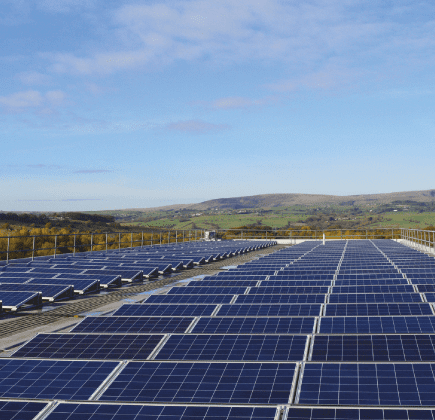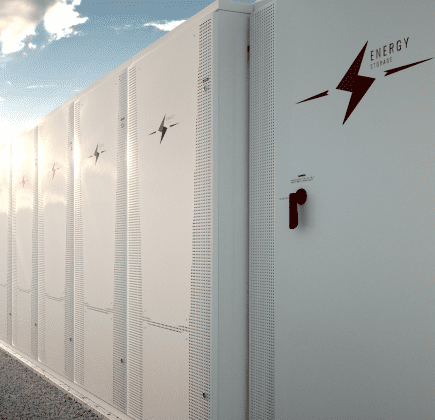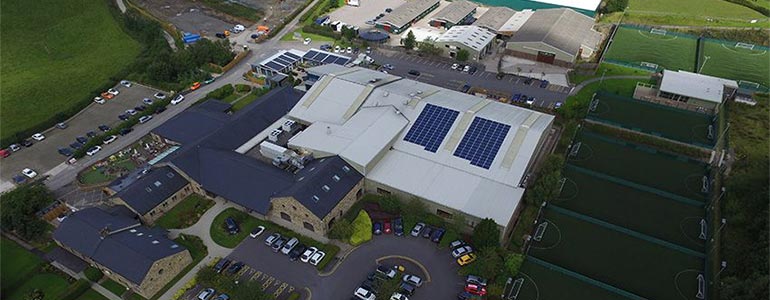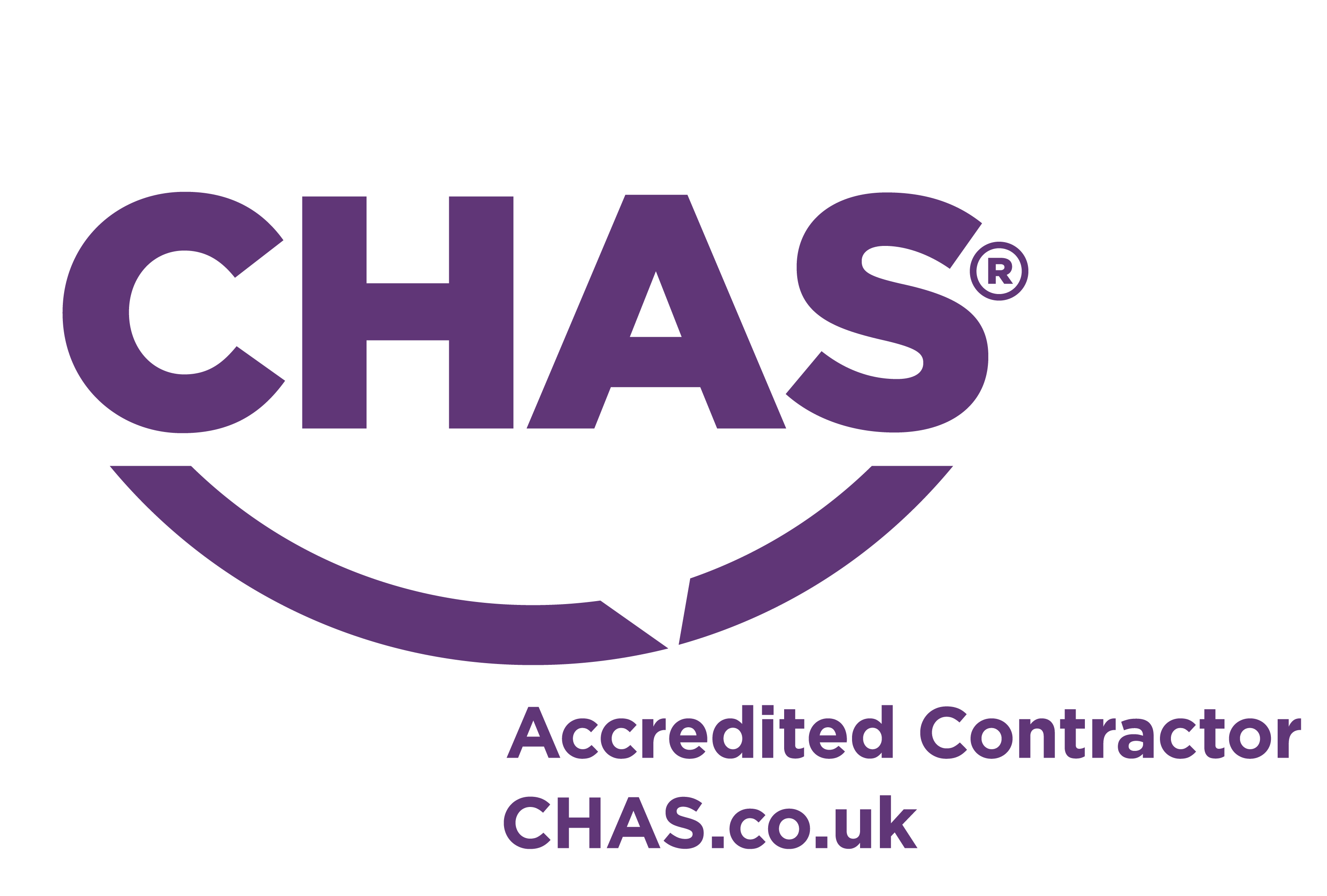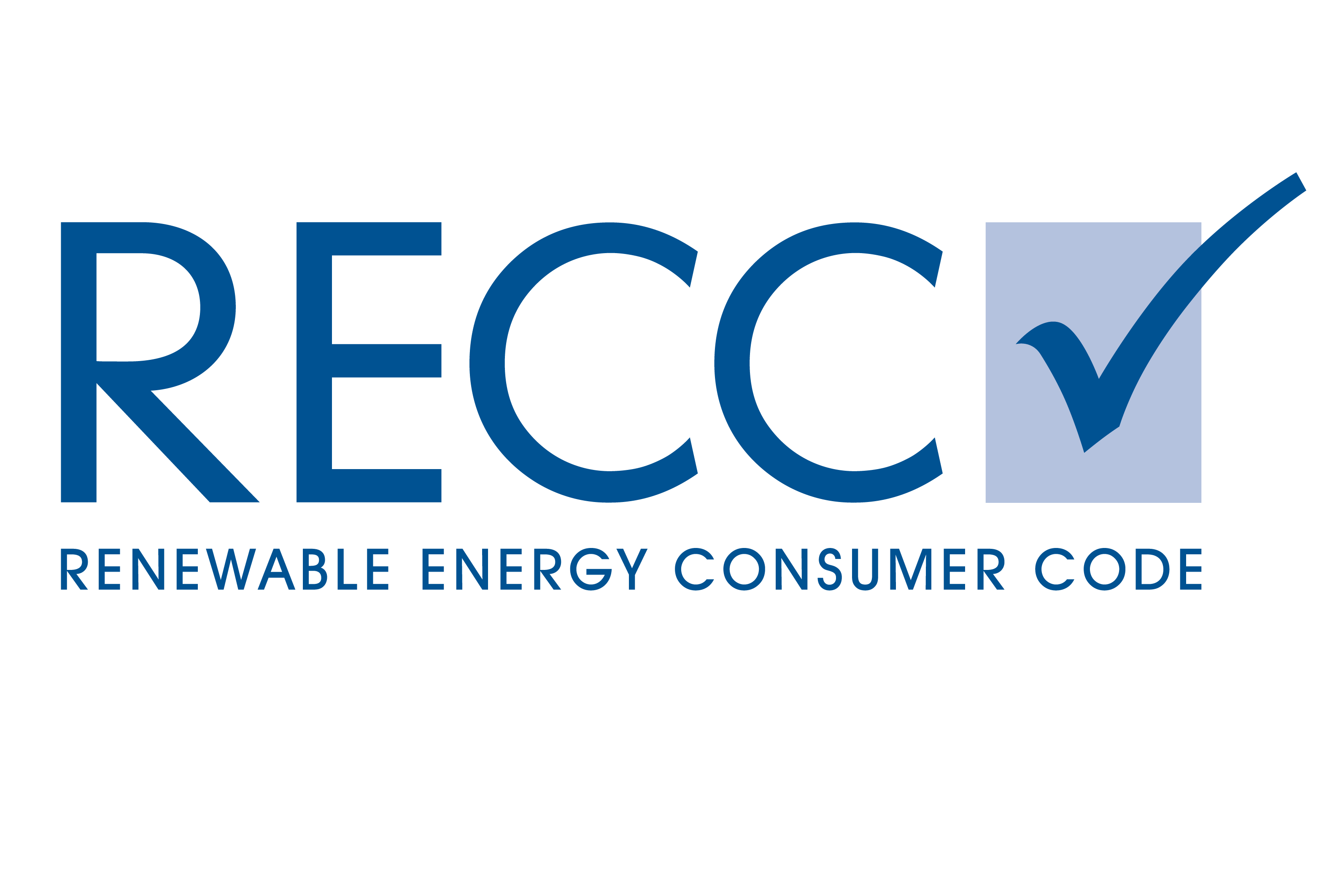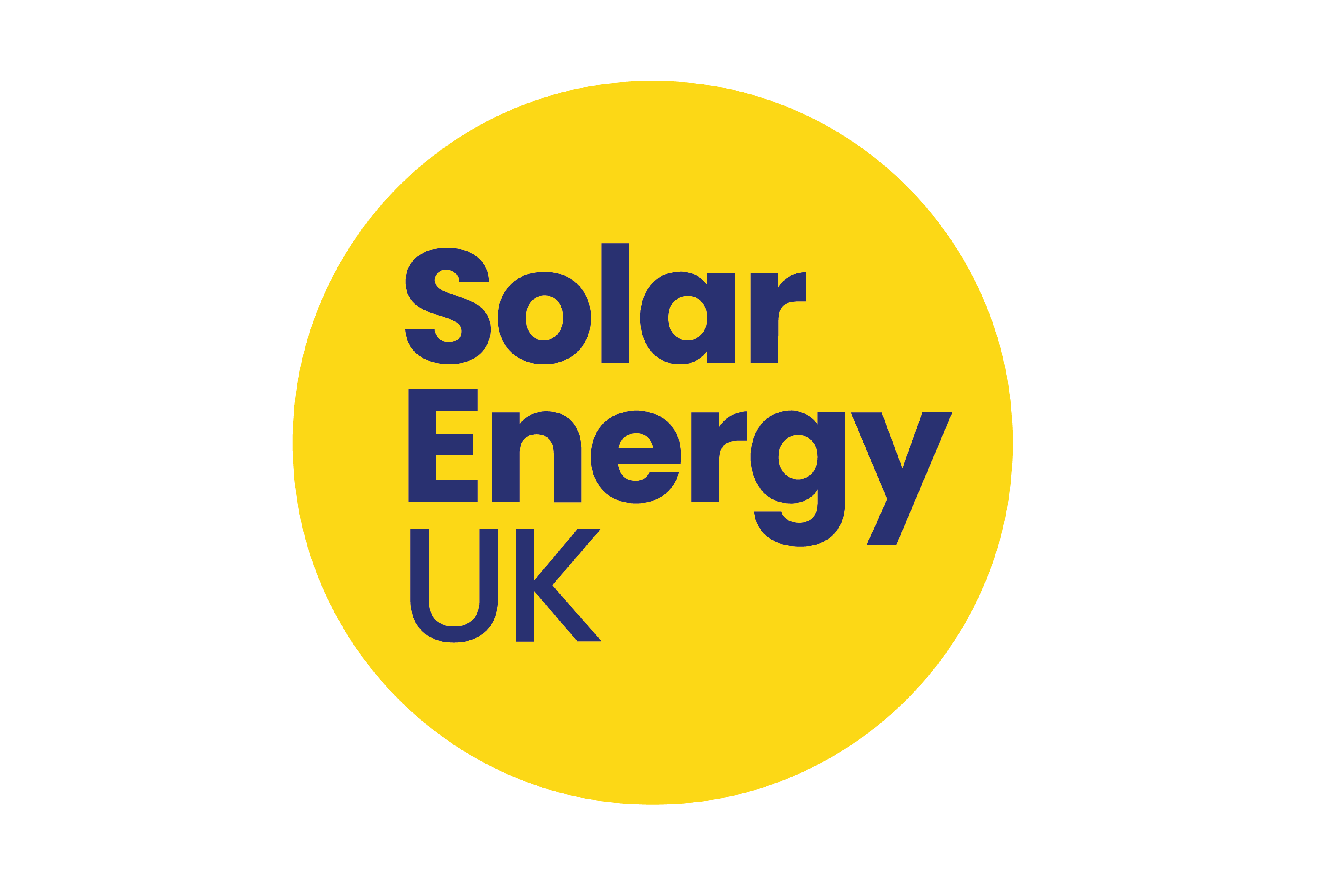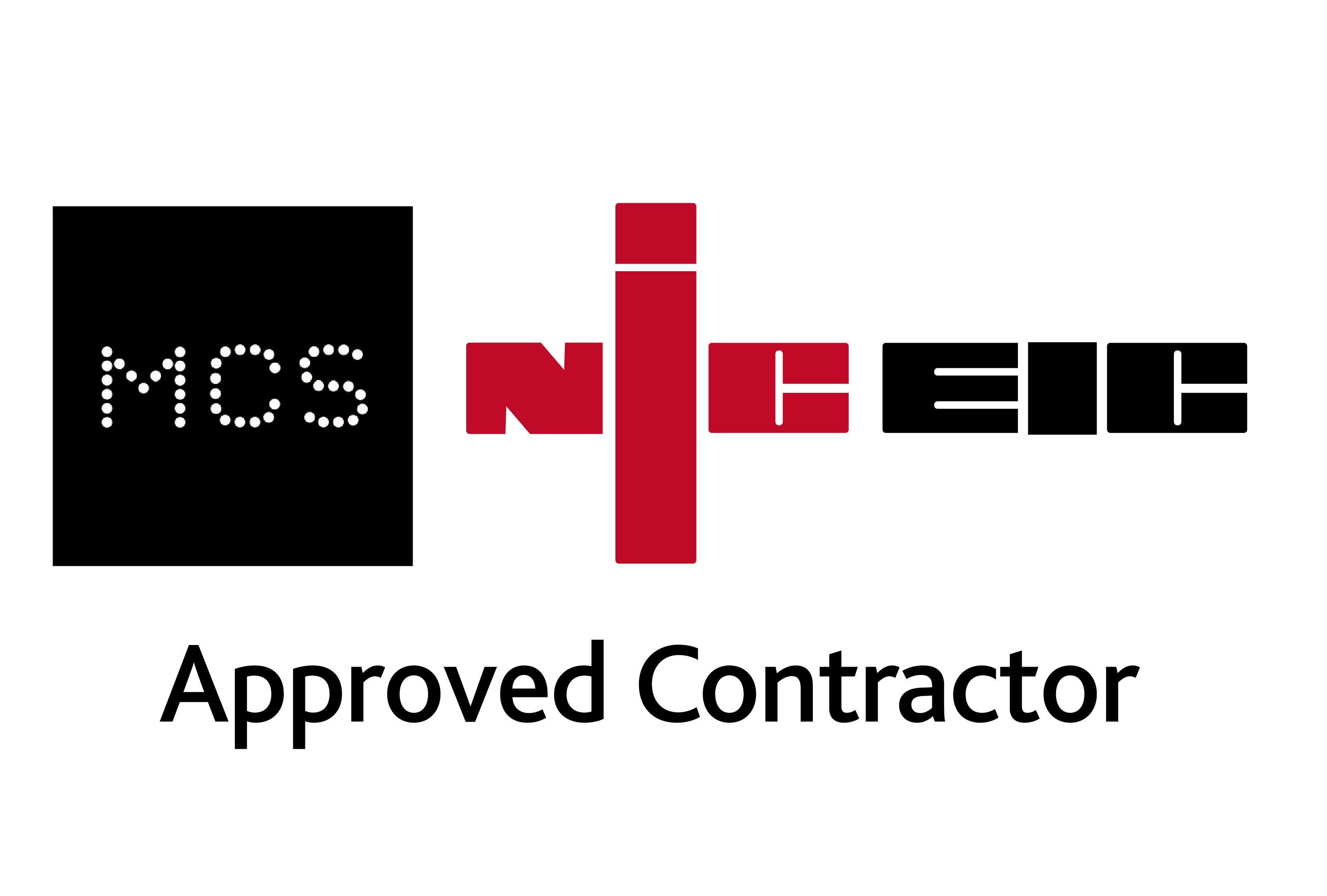
Do I need planning permission for solar on commercial buildings?
2022 has already been an incredibly busy year for our team so far, as we continue helping ever-growing numbers of businesses to realise their Net Zero ambitions with low-carbon technologies like commercial solar panels. In recognition of our team’s hard work, we’re thrilled to announce that we’ve been shortlisted for the Burnley Business Awards in June 2022!

We’ll give you the short answer to start with: probably not. Most commercial solar panel installations meet the requirements for Permitted Development. Permitted development rights essentially allow you to carry out certain building works and changes of use without having to make a planning application (within reason).
However, obviously, there are limits on permitted development rights, to protect communities and local amenities from any potentially negative impacts of certain projects (for example, there would be strict limits on any proposed solar projects around historic buildings like churches). So if you’re wondering if your own commercial solar panel project has any risk of infringing on local landmarks or communities, it’s always a good plan to familiarise yourself with the legislation in advance. We appreciate there’s a lot to take on board, so here at Low Carbon Energy, we’ve slimmed it down to the essentials for you!
How can I be sure my solar panels fall under permitted development?
The requirements differ slightly between roof-mounted, wall-mounted and ground-mounted solar panels, but there’s one in particular worth bearing in mind – ever since April 2015, official regulations have held that most non-domestic solar installations under 1 megawatt are classed as permitted development.
Specifically, solar projects come under Class J of the Town and Country Planning (General Permitted Development) (England) Order 2015.
These cover:
“The installation, alteration or replacement of:
- (a) microgeneration solar thermal equipment on a building
- (b)microgeneration solar PV equipment on a building; or
- (c)other solar PV equipment on the roof of a building, other than a dwellinghouse or a block of flats.”
However, in order to qualify as permitted development, solar panels still have to meet certain conditions, which we’ve laid out below.
Roof-mounted solar
- Roof-mounted or wall-mounted commercial solar panels should project no more than 200mm from the wall surface or roof slope
- With pitched roof and flat roof installations, the panels need to be situated at least 1m from the external edges of the roof, or the wall joint that they sit on
- With flat roof installations only, the roof-mounted panels should protrude less than 1m from the roof surface, and they cannot be the highest part of the roof (excluding the chimney)
Ground mounted solar
- A ground-mounted solar array can total no more than 9m2 (nine square metres), extend no more than 3m in any one direction, and reach no higher than 4m from the ground
- Only one ground-mounted system can be present in any one building
- In technical terms, the solar-mounted panels cannot be installed within 5m of the boundary of the curtilage of a listed building. In other words, they can’t be within 5m of a listed building’s grounds. If they are, they’re likely to require planning permission (see below)
General conditions to be aware of
- As far as it’s realistic to do so, every commercial solar installation must be sited to minimise its overall effect on the external appearance of the building, and of the area in general
- With roof-mounted installations, other than the solar panels and brackets themselves, if you’re planning on installing any other solar PV equipment on the roof of the building, then you’ll need the Prior Approval (56 days) of the Local Planning Authority. The 56-day notice period is important, as it allows the relevant experts to assess the design and external appearance of the development, and evaluate the potential impact it may have on the surrounding area.
- If you’re the leaseholder of the proposed site, you will probably need to get permission from your landlord, freeholder or management company.
You’ll also need to make sure that your development properly follows the building regulations governing solar panel installations. Building regulations are primarily concerned with safety, so the key areas concerning solar panels include Part A (the structural safety of a building) and Part P, which is the electrical safety of a building. Amongst other things, they’re essentially there to ensure that your rooftop can support the additional weight of your solar panels, and that they’re not at risk of causing direct or indirect harm to any people or property.
Are there any instances when planning permission is necessary?
Yes – quite a few actually! You will probably need planning permission for your commercial solar installation if any of the following circumstances apply:
- Your solar panels will be installed on a listed building
- Your solar panels will be installed on any building within the curtilage of a listed building (i.e. within its grounds)
- The proposed installation site has already been designated as a scheduled ancient monument
- Your installation site is within any other type of conservation area that’s subject to specific local rules (for example, an Area of Outstanding Natural Beauty)
- If the building is on Article 2(3) designated land, and the equipment is not installed on a wall or a roof slope which fronts a highway
- With roof-mounted commercial solar panels, if the capacity for electricity generation across the whole of your site exceeds 1 megawatt (1 MW), then you’re likely to need planning permission
Now, it’s worth remembering that if your commercial solar panel installation falls into one of the categories above, that doesn’t necessarily mean that your planning application will be rejected off the cuff. However, it won’t be approved automatically either, so it all comes down to the judgement of your individual local authority. If your council thinks that it’ll have too much of a negative impact on the property itself or the surrounding area, then they could say no – so be braced to receive the news either way!
As a side note, if your system exceeds 50kW in power generation capacity, then you’ll need the Prior Approval of the Local Planning Authority. That’s a slightly more flexible process than making a formal planning application, but will still involve the authority assessing the design and external appearance of the development, making sure it produces no harmful by-effects for neighbours or passers-by – such as by creating a glare on occupied neighbouring land.
How Long Does Planning Permission Take?
As with so many administrative processes, it can vary slightly depending on the specifics of your situation. However, the official advice is to allow for about 10 to 11 weeks.
If planning permission is required, it often takes around two weeks to compile the application, and ensure that all relevant details are covered. From there, it can take up to two months for the planning department to come back with a response. This is just a general estimate though – if we have any specific advice or knowledge about your individual case, you can trust us to keep you informed here at Low Carbon Energy.
Those are the general procedures to know – if you need a little more detail, it’s a good idea to check out the official UK government webpage on when planning permission is required. Alternatively, if you need some quick answers, you can always ask us right here at Low Carbon Energy! You can count on us to have all the answers you need – our experts have over 30 years of combined experience, having helped SMEs and large corporations across a wide variety of sectors transform their business’ energy supply.
Each of our installations is bespoke, and we tailor your solution on your specific energy profile, helping us to maximise carbon reductions and save you up to thousands of pounds in energy bills. Feel free to look at our case studies for just a few examples of businesses which have reaped huge rewards from solar, such as Boeing and Irish Water. To find out how we can help you, feel free to give us a call today on 01282 421 489!
 Energy Technology
Energy Technology

Powering your present. Preserving your future.
Call us on 01282 421 489

strategy be a priority?

